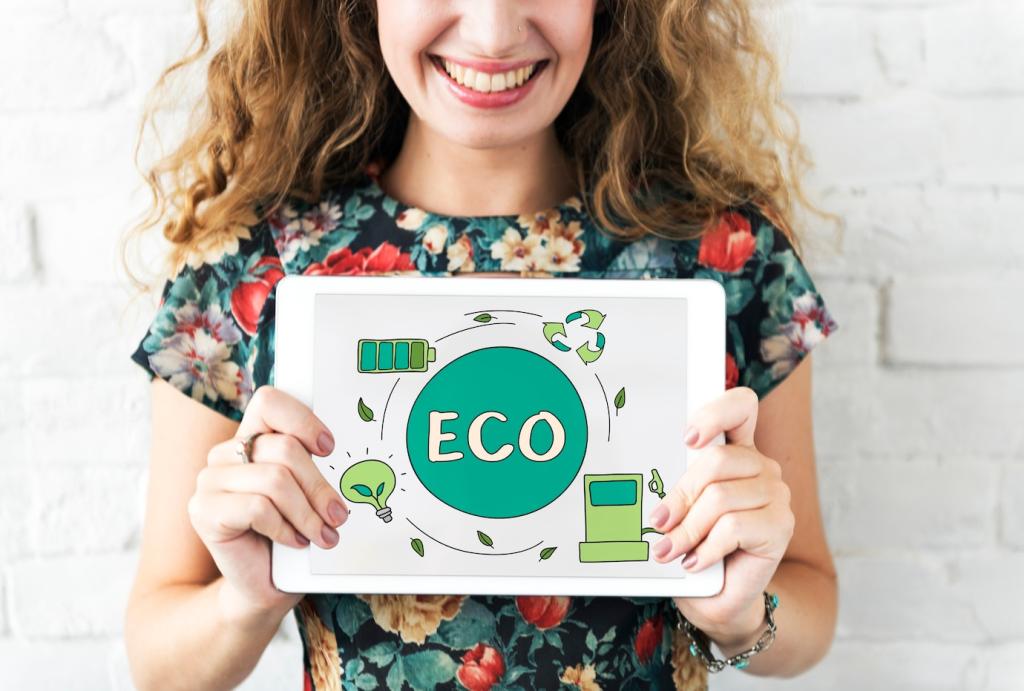
Find Your Voice: SEO Strategies for Sustainable Furniture Copywriting
Chosen theme: SEO Strategies for Sustainable Furniture Copywriting. Welcome to a practical, heartfelt guide where ethical craftsmanship meets discoverability. If eco-minded customers should find you faster, subscribe and join our community of conscious storytellers shaping a lighter footprint.
Know Your Eco-Intent Keywords
Segment needs by research, comparison, and decision stages: queries like “what is FSC wood,” “sustainable oak vs bamboo durability,” and “FSC‑certified dining table under $1000.” Align copy with intent, not guesswork.
Know Your Eco-Intent Keywords
Combine core phrases—“sustainable furniture,” “non‑toxic finish,” “reclaimed wood”—with qualifiers such as room type, style, certification, and locality. Build clusters that answer nuanced needs while signaling topical depth to search engines.


On‑Page Craft That Honors the Planet
Lead with outcome, layer sustainability proof: “FSC‑Certified Oak Dining Table — Timeless Design, Low‑VOC Finish.” Keep under 60 characters when possible, avoid fluff, and mirror phrases customers actually type.
Story, Proof, and Trust
Show certifications and explain why they matter
Name and decode standards like FSC, PEFC, and GREENGUARD Gold. Explain what each protects—forests, traceability, or emissions—so readers understand benefits beyond badges, deepening meaningful search relevance.
Trace honest origin stories
Share how a fallen storm tree became a coffee table or how offcuts became stools. Specific, human details transform keywords into memorable narratives that naturally attract links and loyalty.
Demonstrate real expertise and accountability
Add bylines with craft credentials, cite material data sheets, and include update dates. This strengthens E‑E‑A‑T signals and reassures readers that your eco claims withstand scrutiny over time.
Content Architecture for Evergreen Impact
Create comprehensive hubs like “Sustainable Wood Guide,” “Non‑Toxic Finishes Explained,” and “Circular Furniture Care.” Then link to deep dives that compare materials, finishes, and lifecycle impacts responsibly.
Use descriptive anchors—“FSC vs PEFC differences”—instead of generic “learn more.” Connect related articles and products to minimize orphan pages and help search engines map your topical authority.
Group by room, material, and certification. Add filters like “made with reclaimed wood” or “low‑VOC finishes.” Clear paths reduce bounce, improve engagement metrics, and signal relevance across clusters.


Ethical Link Building and Digital PR
Collaborate with reforestation nonprofits, local recycling centers, or design schools on guides, workshops, or take‑back programs. Shared initiatives naturally generate citations and heartfelt stories worth referencing.
Technical SEO with a Light Footprint

Prioritize Core Web Vitals
Chase fast LCP, stable CLS, and responsive INP. Optimize fonts, defer non‑critical scripts, compress CSS. Sustainable furniture deserves sustainable speed that reduces energy use and improves conversions.

Optimize media without losing soul
Serve WebP or AVIF, lazy‑load below‑the‑fold images, and use srcset for sizes. Preserve grain details so materials still look honest while pages remain light and beautifully responsive.

Use structured data and accessible patterns
Add Product, Organization, FAQ, and LocalBusiness schema. Provide descriptive labels, proper contrast, keyboard navigation, and readable tables for material specs. Accessibility strengthens usability and search understanding together.

